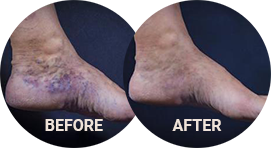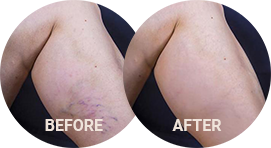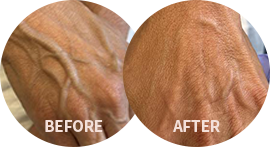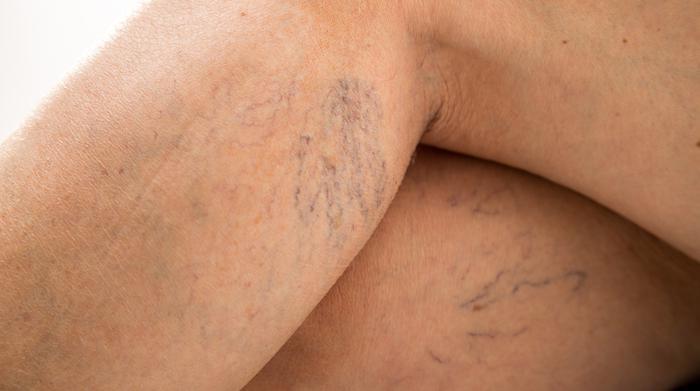Carrying extra pounds affects your health in many ways, and perhaps one of the most crucial is the change to blood flow. In particular, the nature of movement of blood through your veins creates a series of problems ranging from annoying to serious.
Conditions of the veins require a specialist to assure your maintained good health. Contact Premier Vein Clinic when you need expert medical care for your veins. Founder Dr. David Naar is a highly regarded vascular surgeon, well versed in all aspects of venous medicine.
If you’re overweight or obese, here are two of the ways your veins may be affected. Call on Premier Vein Clinic if you recognize that these effects are already starting.
Varicose Veins
The vessels that return blood from your body’s cells to the heart are the veins, and they differ from arteries in structure. The most notable difference is the presence of valves that ensure the one-way movement of blood back to the heart.

These venous valves act as backflow preventers since the pumping action of the heart is weakest on your blood’s return trip. Blood in your lower legs must fight against gravity, so these valves work the hardest. When they fail, blood can pool in your legs, causing swelling and pressure against the vein walls. When these veins are close to the surface of the skin, you can see their twisted and gnarled appearance, which may even bulge out the skin in places.
These are called varicose veins. For many people, they’re only a cosmetic concern, and they don’t create other symptoms. However, they can become serious, causing itching, aching, leg swelling, tiredness, and even skin ulcers. Being overweight increases the pressure on the vein walls in your legs and the backward pressure on the valves. Sedentary lifestyles, which often contribute to weight gain, also contribute to vein failure.
Deep Vein Thrombosis
The veins near your leg’s surface aren’t the only such blood vessels in your legs. Deep veins also carry blood back to the heart, and these are subject to a clotting condition called deep vein thrombosis, or DVT. Once again, high body mass index (BMI) and a sedentary lifestyle contribute to DVT, which may also accompany other medical conditions, including blood clotting disorders.
Usually, DVT affects one leg at a time, and it can cause swelling in that leg. You may experience discolored skin, usually red, and your leg may feel warm. In some cases, DVT causes no symptoms. If the clot breaks loose, though, it could lodge in your lungs, causing a potentially dangerous pulmonary embolism.
Reducing the Impact of Weight on Venous Issues
Even a modest amount of weight loss with improved activity creates significant changes that stall the progress of varicose veins and reduce the risks of DVT. However, once you’ve had one DVT, weight loss and exercise won’t lower the risk of having another.
Prevention and early detection are your best options for future prevention, so contact Premier Vein Clinic at the earliest suspicion of vein problems. You can call the clinic directly or book your appointment online. Stay on the safe side of venous health and arrange your consultation today.





